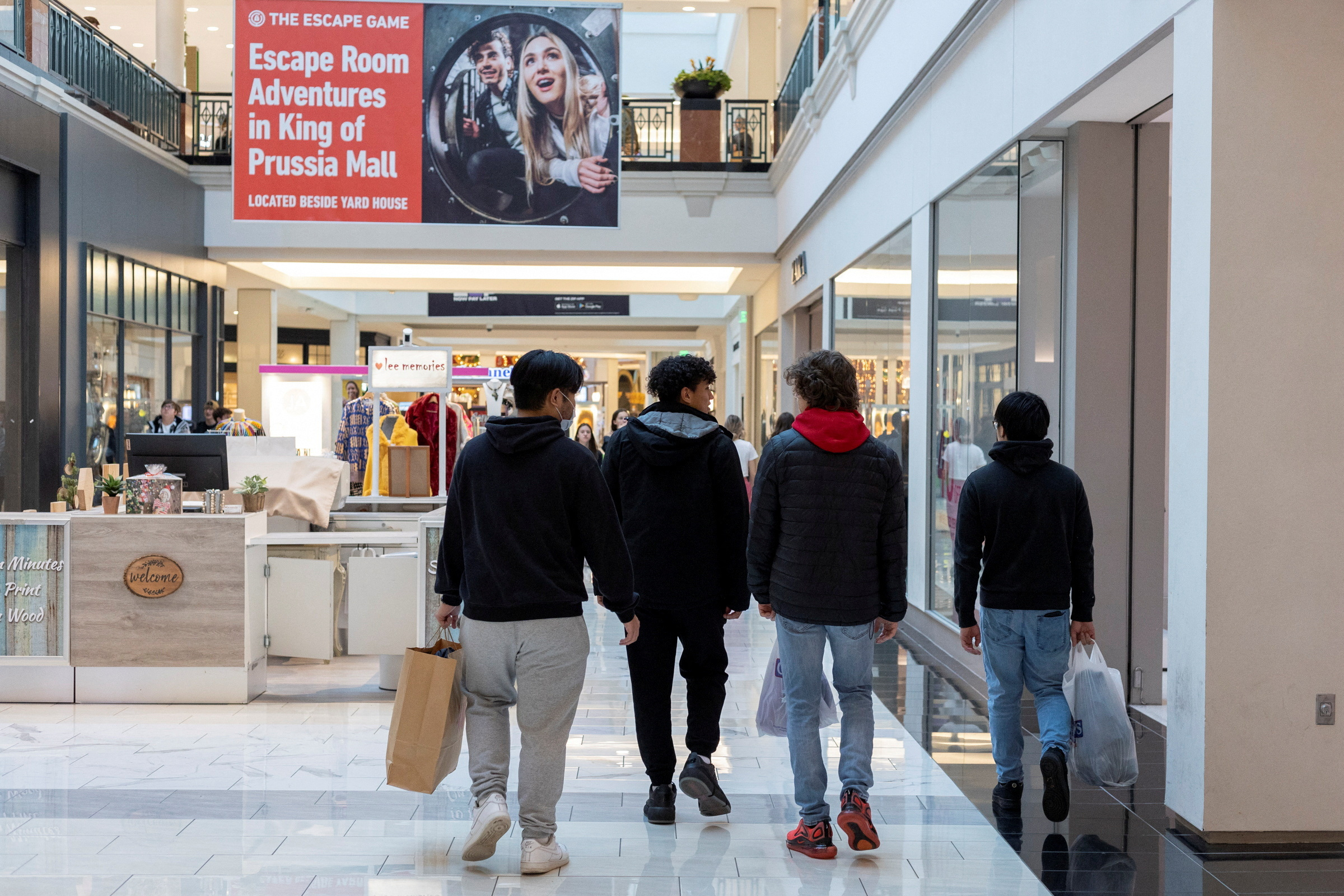
The National Retail Federation (NRF), a prominent retail lobbying group, has retracted a claim that organized retail crime accounted for nearly half of all inventory losses in 2021. The claim, which was widely reported and used as evidence by lawmakers to support stricter laws and regulations, was found to be based on incorrect data.
The NRF's original report, released in partnership with K2, a financial crimes risk management firm, stated that nearly half of the $94.51 billion in industry shrink was due to organized retail crime. However, this contradicted the NRF's own annual shrink survey, which showed that all external theft accounted for just 37% of inventory losses in 2021.
The claim was based on two-year-old testimony from Ben Dugan, former president of the advocacy group Coalition of Law Enforcement and Retail. The NRF has since removed the sentence from its report, bringing its accuracy into question.
Retailers have long struggled to quantify losses from organized retail crime, which involves thieves working in groups to steal merchandise and resell it on the black market. In a separate report, the NRF stated that retail crime was responsible for $112 billion in losses in 2022.
This is not the first time the NRF has published data that later turned out to be incorrect. The organization's studies are widely reported and used as evidence by lawmakers to support stricter laws and regulations, highlighting the importance of accurate data in shaping policy decisions.



/cloudfront-us-east-2.images.arcpublishing.com/reuters/ISO3TIKY4NOLDKHIWAK3TEAVZA.jpg)
